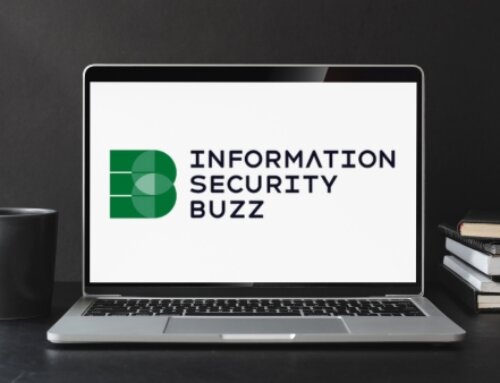In today’s interconnected digital environment, the security landscape is rapidly evolving, making it more challenging than ever for enterprises to safeguard their networks against unauthorized access and cyber threats. This pressing concern underscores the critical importance of implementing robust Network Access Control (NAC) solutions. NAC plays a pivotal role in enhancing the security posture of enterprises by enforcing policies that regulate device and user access to networks. This comprehensive guide delves into the essentials of NAC for enterprises, exploring its benefits, core functionalities, deployment strategies, and best practices for optimal network security.
Understanding Network Access Control (NAC)
NAC is a security solution that enables organizations to restrict their network access based on defined security policies. It determines whether devices and users are authorized and compliant with security policies before allowing them access to network resources. NAC systems assess the security posture of a device, including its identity, user credentials, and the presence of security software, among other factors, before granting or denying access.
Key Benefits of Implementing NAC
Adding NAC to your Verinext Networking Services has a plethora of benefits. NAC enhances security, increases compliance management, improves network visibility and reduces IT complexity.
- Enhanced Security: NAC significantly strengthens an enterprise’s security framework by preventing unauthorized access, containing malware outbreaks, and mitigating potential vulnerabilities.
- Compliance Management: It aids in ensuring that connected devices comply with regulatory standards and corporate security policies, minimizing the risk of compliance violations.
- Improved Network Visibility: NAC solutions provide comprehensive visibility into every device connected to the network, enabling better management and monitoring of network activity.
- Reduced IT Complexity: By automating access control and policy enforcement, NAC simplifies network access management, reducing the workload on IT teams.
Core Functionalities of NAC Solutions
The core functionality of NAC solutions includes authentication and authorization, policy enforcement, guest networking and endpoint posture assessment.
- Authentication and Authorization: NAC systems authenticate the identity of devices and users and authorize network access based on predetermined security policies.
- Policy Enforcement: With NAC you can enforce security policies by granting, denying, or limiting network access to devices based on compliance status.
- Guest Networking: The guest networking capability of NAC solutions offers secure and controlled access to guests, temporary workers and contractors through segregated networks, ensuring the security of the primary network.
- Endpoint Posture Assessment: The endpoint posture assessment assesses the security posture of devices attempting to connect to the network, verifying that they meet the required security standards before granting access.
Best Practices for NAC Deployment
Once a company has deployed NAC networking services it needs to follow some best practices for everything to run smoothly. Some of these implementation recommendations include defining access control policies, continuous mechanism monitoring, ensuring the system integrates with the current security system, regular maintenance and educating users and IT staff about the NAC policies and procedures.
- Comprehensive Policy Definition: Define clear and comprehensive access control policies that align with your organization’s security requirements and regulatory obligations.
- Continuous Monitoring and Assessment: Implement continuous monitoring and assessment mechanisms to ensure all connected devices remain compliant and secure over time.
- Integration with Existing Security Infrastructure: Integrate NAC solutions with existing security tools and systems, such as firewalls and intrusion detection systems, for enhanced security efficacy.
- Regular Updates and Maintenance: Keep your NAC solution updated with the latest patches and updates to protect against emerging threats and vulnerabilities.
- User and IT Staff Training: Educate users and IT staff about NAC policies and procedures to ensure smooth operation and compliance.
Choosing the Right NAC Solution
Selecting the right NAC solution requires careful consideration of your organization’s specific needs, including network architecture, compliance requirements and security objectives. Look for solutions that offer scalability, flexibility and integration capabilities to adapt to your evolving network environment.
Network Access Control is indispensable for enterprises seeking to strengthen their network security and compliance posture. When companies implement a robust NAC solution and adhere to best practices, they can achieve a secure, compliant and efficiently managed network environment. As cyber threats continue to evolve, the strategic importance of NAC in the enterprise security arsenal will only grow, making it a critical investment for safeguarding digital assets and maintaining operational integrity.
Embracing Network Access Control is a journey towards a more secure and controlled digital environment. Enterprises that recognize the strategic value of NAC and invest in its deployment and management will position themselves to navigate the complexities of modern cybersecurity challenges. Secure your networks and ensure a safer future for your digital endeavors with the Verinext NAC, one of our many networking services.
Related Posts:
5 Key Strategies for Resilient Application Support and Maintenance
Adapting Your Cyber Security Defenses: Tips for the Modern Business






